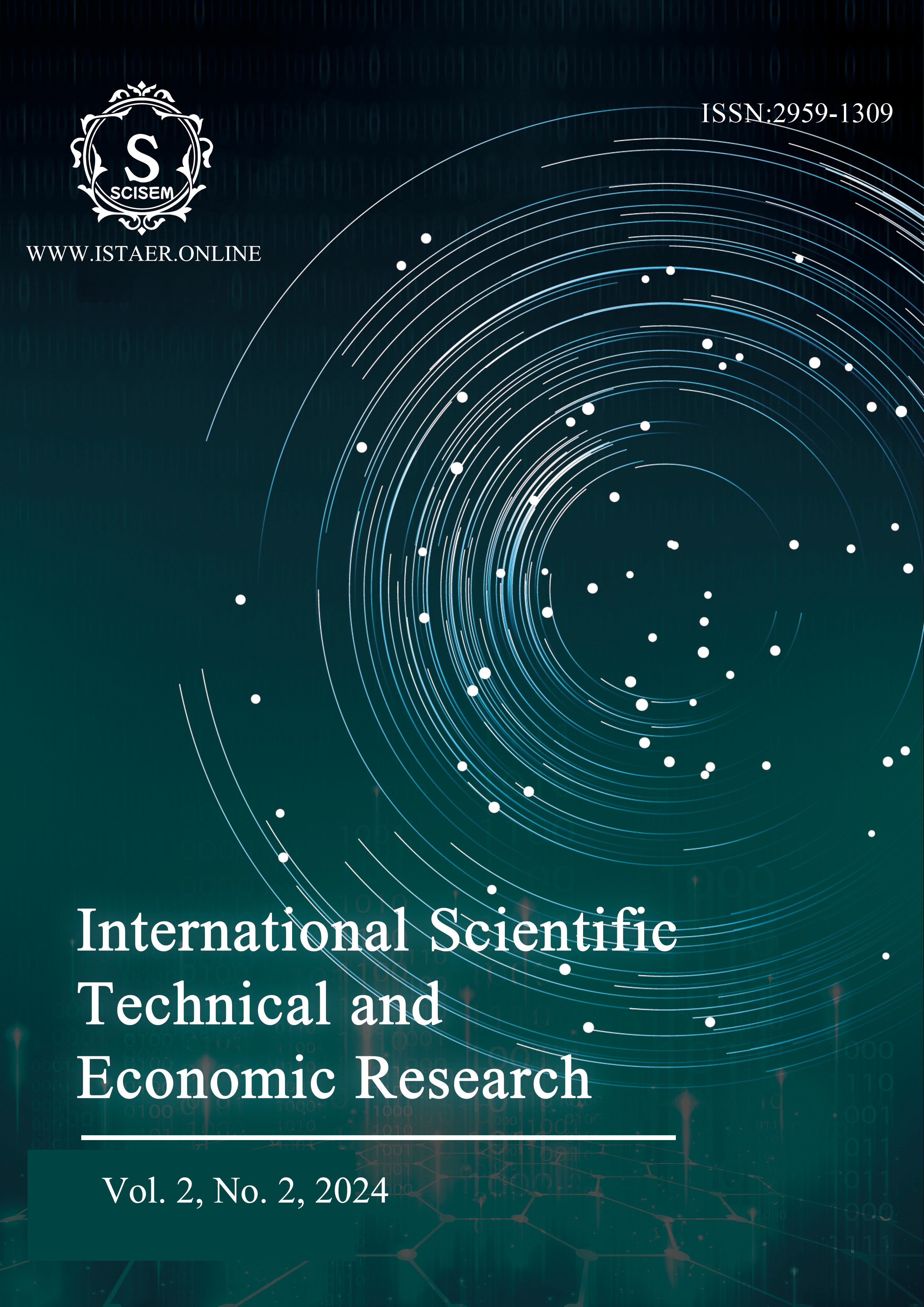Commentary Analysis: A Machine or a Customer?
Keywords:
Text feature extraction; AIPSO algorithm; T-S fuzzy neural network; Natural Language Processing (NLP); Semantic AnalysisAbstract
In the field of e-commerce, shopping reviews play a significant role in influencing consumers' purchase intention. This paper utilizes natural language processing techniques to analyze the information in e-commerce reviews in detail in order to facilitate digital insights.
For Task 1, this paper utilizes Python to extract the review text, split words, and remove deactivated words to preprocess the data. After that, this paper plots the word clouds respectively, and also draws bar charts for the top 20 words in terms of frequency of occurrence in the reviews as well as the items with the most 5-point reviews in OVERALL. Finally, this paper preliminarily analyzes the importance of keywords in review texts based on the bureau TF-IDF method.
For task 2, after the same preprocessing, the fastText tool is utilized to construct word vectors combined with the weights of words obtained from TextRank for keyword extraction. After the feature extraction, a machine learning-based semantic classification model was constructed with the ASIN field of Appendix III and IV as the classification variable. By comparing different machine learning classifiers, the SVM classifier with the highest accuracy is selected as the algorithm for the final semantic analysis model in this paper, and the accuracy rate reaches 69%.
For Task 3, feature extraction based on TF-IDF Weighted Word2vec was processed for the comment text after preprocessing, and for the SVM classifier selected for Task 2, the PSO algorithm was used for optimization, and learning factors and inertia weights were added to improve it, and a text sentiment analysis model based on AIPSO-SVM was constructed. In this paper, experiments were conducted on the data of Appendix V and VI. The experimental accuracy rate reaches more than 75%.
For Task 4, this paper constructs an evaluation system through seven evaluation criteria, such as different angles of comment text, comment time, OVERALL and HELPFUL fields. And based on this, we established a machine review research and judgment model based on T-S fuzzy neural network, and combined with 2D Fourier transform to convert it into a threshold, and experimented with 6 attachments, according to the results, we wrote a letter of advice to help customers identify the categories of reviews.
The highlights of this pape are the comparison of multiple classifiers, the incorporation of an improved PSO algorithm to optimize the classifiers, and the construction of a discriminative model via T-S fuzzy neural networks.
References
[1] Peng, J. L., Wang, S. H., Lu, Z. Q., et al. (2023). Based on LDA-TF-IDF and Word2vec document representation. Journal of Zhejiang Textile and Garment Vocational and Technical College, 22(02), 91-96.
[2] Liu, Y., Zhang, H., Xu, J., Ren, Y., & Tang, J. (2023). Improved SVM regression model for PSO and its application in temperature prediction. Computer Systems Applications, 32(9), 203-210.
[3] Wu, C. (2023). An M-TextRank text summarization model based on Word2Vec. Information Technology and Informatization, (05), 125-128.
[4] Li, C., Zhao, Y., Yu, J., et al. (2023). Research on key vocabulary extraction method for policy text based on word vector and TextRank. Modern Computer, 29(02), 68-72.
[5] Su, Y., Lv, S., Xie, W., et al. (2023). Analysis of risk factors for the development of type 2 diabetes mellitus based on LASSO regression and random forest algorithm. Journal of Environmental Health, 13(07), 485-495.
[6] Lai, F. F., & Cui, G. M. (2022). Grinding particle size prediction based on PSO optimized T-S fuzzy neural network. Sinter Pellet, 47(04), 64-70.
[7] Yuan, Y., & Li, Z. (2021). Solving Black-Scholes equation based on T-S fuzzy neural network model. Journal of Minjiang College, 42(02), 13-17.
[8] Vishwanathan, S. V. M., & Murty, M. N. (2002, May). SSVM: a simple SVM algorithm. In Proceedings of the 2002 International Joint Conference on Neural Networks. IJCNN'02 (Cat. No. 02CH37290) (Vol. 3, pp. 2393-2398). IEEE.
[9] Wang, H., & Hu, D. (2005, October). Comparison of SVM and LS-SVM for regression. In 2005 International conference on neural networks and brain (Vol. 1, pp. 279-283). IEEE.
[10] Cherkassky, V., & Ma, Y. (2004). Practical selection of SVM parameters and noise estimation for SVM regression. Neural networks, 17(1), 113-126.
[11] Marini, F., & Walczak, B. (2015). Particle swarm optimization (PSO). A tutorial. Chemometrics and Intelligent Laboratory Systems, 149, 153-165.
[12] Fernández Martínez, J. L., & García Gonzalo, E. (2008). The generalized PSO: a new door to PSO evolution. Journal of Artificial Evolution and Applications, 2008.
[13] Moazen, H., Molaei, S., Farzinvash, L., & Sabaei, M. (2023). PSO-ELPM: PSO with elite learning, enhanced parameter updating, and exponential mutation operator. Information Sciences, 628, 70-91.
*******************Cite this Article*******************
APA:
Chen, B., Li, Y., Zhu, W., Hong, Q., Liu, J., & Huang, Y. (2024). Commentary analysis: A machine or a customer? International Scientific Technical and Economic Research, 2(2), 70–86. http://www.istaer.online/index.php/Home/article/view/No.2438
GB/T 7714-2015:
Chen Bojun, Li Yiqi, Zhu Wenxuan, Hong Qiqi, Liu Jiayin, Huang Yuesheng. Commentary analysis: A machine or a customer?[J]. International Scientific Technical and Economic Research, 2024, 2(2): 70–86. http://www.istaer.online/index.php/Home/article/view/No.2438
MLA:
Chen, Bojun, et al. "Commentary analysis: A machine or a customer?" International Scientific Technical and Economic Research, 2.2 (2024): 70-86. http://www.istaer.online/index.php/Home/article/view/No.2438
Downloads
Published
Issue
Section
License
Copyright (c) 2024 International Scientific Technical and Economic Research

This work is licensed under a Creative Commons Attribution-NonCommercial-NoDerivatives 4.0 International License.
This work is licensed under the Creative Commons Attribution International License (CC BY 4.0).




